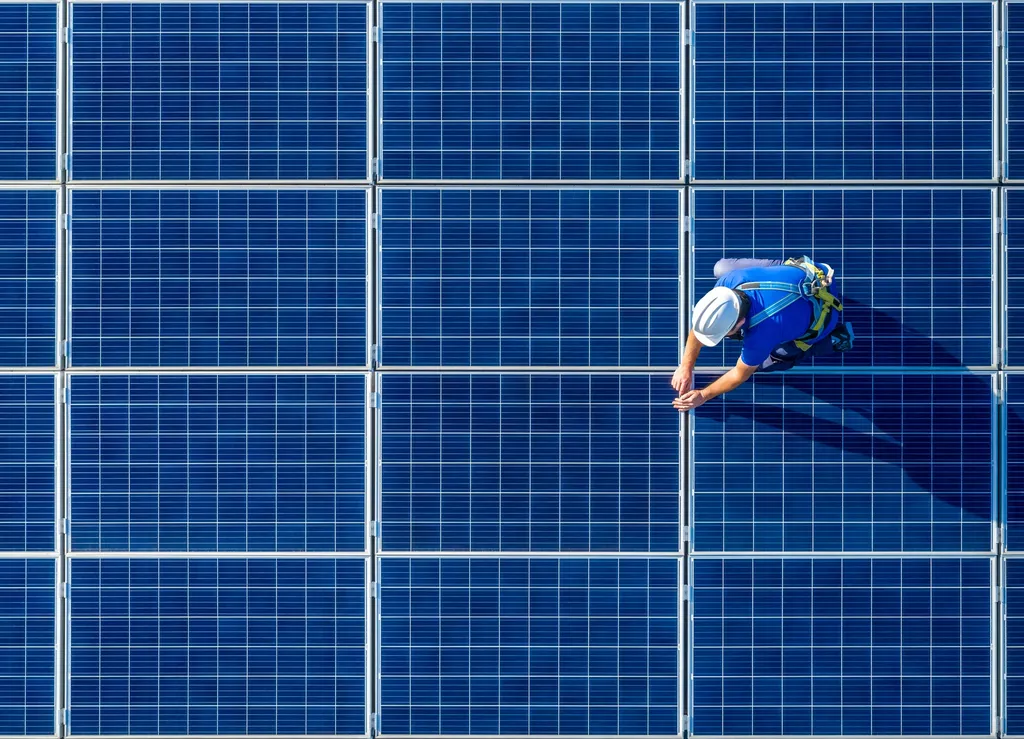Researchers Oscar Enajite, Onyekachuku Mike Osiele, Samuel Emovokerayec Omoyibo, and Kingsley Imoni-Ogbe from the Department of Physics, University of Benin, Nigeria, have published a study in the Journal of Materials Science: Materials in Electronics. Their work focuses on enhancing the efficiency of solar energy conversion through the use of nanostructured cobalt sulphide (CoS) doped with dysprosium (Dy), a rare earth element.
The study explores the production and characterization of Dy-doped CoS nanomaterials, aiming to improve the optical, electrical, and structural properties of CoS for photovoltaic applications. The researchers employed precise doping doses during the electrochemical synthesis of the nanomaterials to optimize their performance. Characterization methods, including UV-visible spectroscopy, were used to examine the optical and structural properties of the doped CoS nanomaterials.
The results of the study demonstrate significant changes in the bandgap and optical absorption behavior of the Dy-doped CoS nanostructures. These findings suggest that Dy-doped CoS holds promise for enhanced photovoltaic performance, potentially leading to more efficient solar cells. The research opens up new avenues for the use of Dy-doped CoS in renewable energy technologies, contributing to the development of next-generation solar cells that are environmentally friendly and capable of meeting the growing global demand for sustainable energy solutions.
For the energy industry, this research highlights the potential of rare earth doping to improve the efficiency of solar energy conversion. By enhancing the optical and electrical properties of materials like CoS, it may be possible to develop more effective photovoltaic devices. This could lead to advancements in solar power generation, making it a more viable and competitive option in the renewable energy sector. The practical applications of this research could include the development of more efficient solar panels and other photovoltaic technologies, ultimately contributing to a more sustainable energy future.
This article is based on research available at arXiv.

